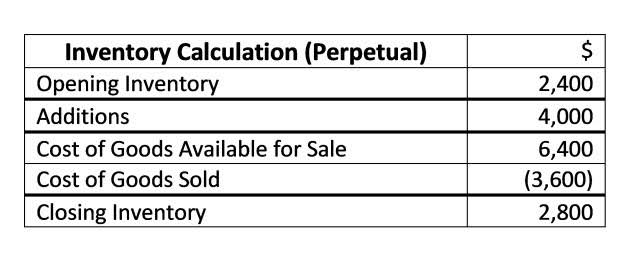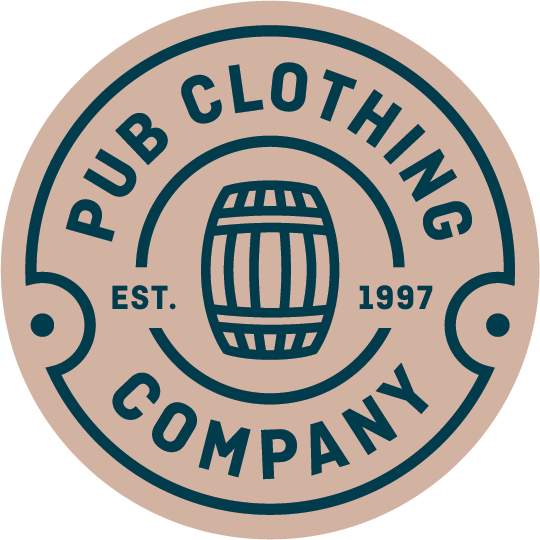
But if your inventory costs are decreasing over time, using the FIFO method will increase your Cost of Goods Sold, reducing your net income. This can benefit businesses looking to decrease their taxable income at year end. Good inventory management software makes it easy to log new orders, record prices, and calculate FIFO. Accounting software offers plenty of features for organizing your inventory and costs so you can Bookkeeping for Veterinarians stay on top of your inventory value. Learn more about the difference between FIFO vs LIFO inventory valuation methods. In some cases, a business may not actually sell or dispose of its oldest goods first.
How does the FIFO method affect a company’s financial ratios?
The Last-In, First-Out methodology is all about the sequence in which inventory costs are accounted for. When companies make sales, they use the cost of their most recent inventory purchases or productions as the basis for COGS. This is underpinned by the assumption that the newest items are the first to leave the warehouse when sales are made. This article breaks down what the FIFO method is, how to calculate FIFO for your store and the key differences from how to calculate fifo LIFO.
Pro Forma Financial Statements (with Templates and Examples)

Additionally, any inventory left over at the end of the financial year does not affect cost of goods sold (COGS). Michelle Payne has 15 years of experience as a Certified Public Accountant with a strong background in audit, tax, and consulting services. She has more than five years of experience working with non-profit organizations in a finance capacity. Keep up with Michelle’s CPA career — and ultramarathoning endeavors — on LinkedIn. It is the amount by which a company’s taxable income has been deferred by using the LIFO method. Let’s say on January 1st of the new year, Lee wants to calculate the cost of goods sold in the previous year.

May Not Reflect Inventory Flow

Many businesses use FIFO, but it’s especially important for companies that sell perishable goods or goods that are subject to declining value. This includes food production companies as well as companies like clothing retailers or technology product retailers whose inventory value depends upon trends. It can be easy to lose track of inventory, so adopt a practice of recording each order the day it arrives.
- This will help the stock move forward naturally and more efficiently.
- During a period of rising prices, the most expensive items are sold with the LIFO method.
- We now have a much clearer picture of what happened during the month of January.
- This calculation method typically results in a higher net income being recorded for the business.
- Depending on your business and the industry you are in, there are certain advantages and drawbacks.
Step-by-Step Breakdown: How to Calculate COGS Using LIFO
FIFO is calculated by adding the cost of the earliest inventory items sold. The price of the first 10 items bought as inventory is added together if 10 units of inventory were sold. The cost of these 10 items may differ depending on the valuation method chosen. There are balance sheet implications between these two valuation methods. More expensive inventory items are usually sold under LIFO so the more expensive inventory items are kept as inventory on the balance sheet under FIFO. Not only is net income often higher under FIFO but inventory is often larger as well.
The oldest bars in her inventory were from batch 1 so she will count 100 at the unit cost of batch 1, $2.00. To calculate her COGS for the trade show, Bertie will count 100 bars at $2.00 and 200 at $1.50. Under FIFO, your Cost of Goods Sold (COGS) will be calculated using the unit cost of the oldest inventory first. The value of your ending inventory will then be based on the most recent inventory you purchased. In some cases, a business may use FIFO to value its inventory but may not actually move old products first. If these products are perishable, become irrelevant, or otherwise change in value, FIFO may not be an accurate reflection of the ending inventory value that the company actually holds in stock.

FIFO Calculator for Inventory
Three units costing $5 each were purchased earlier, so we need to remove them from the inventory balance first, whereas the remaining seven units are assigned the cost of $4 each. On the third day, we assign the cost of the three units sold as $5 each. This is because even though we acquired 30 units at the cost of $4 each the same day, we have assumed that the sales have been made from the inventory units that were acquired earlier for $5 each. LIFO is perfectly legal within the United States and is fully supported under the Generally Accepted Accounting Principles (GAAP) which govern accounting practices domestically. For industries dependent on inventory turnover, like marketplaces, LIFO helps in addressing inventory obsolescence by accounting for the most recent QuickBooks purchases. It also facilitates better financial planning by incorporating LIFO equations for detailed tax calculations, especially in sectors like business taxes and government data reporting.

